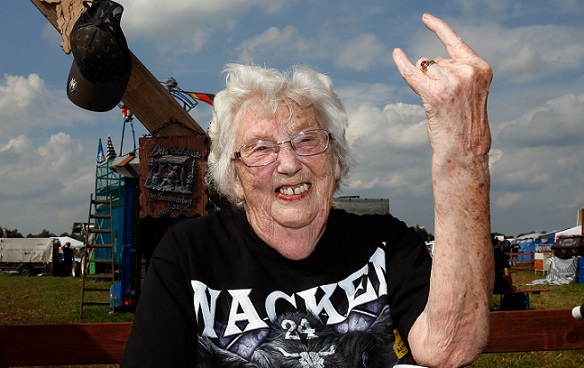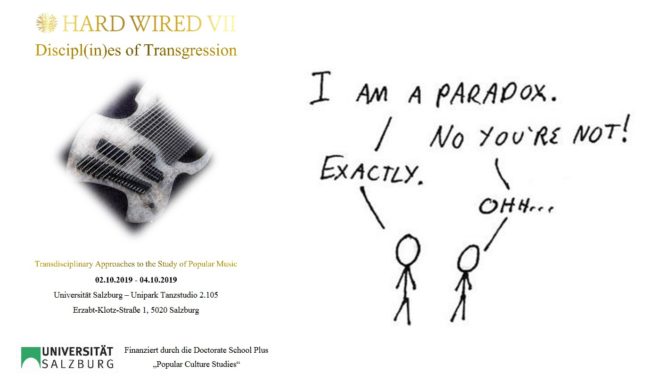Myrkur is a one-woman Black Metal project from Denmark. It is the brainchild of songwriter/pianist/guitarist/singer Amalie Bruun. Bruun started out performing with her father and the band Ex Cops as a Rock, Pop and Alternative artist. In 2014, she published, now as Myrkur, an eponymous EP, followed by the debut album ‘M’ in 2015, and a live EP, ‘Mausoleum’, in 2016.1 All of these records gathered rather wide attention, were partially well acclaimed by critics. But also they were partially criticized as being ‘superficial’, ‘not real Black Metal’ or a ‘sell-out’.
All the way through these debates – as a cultural discourse of most recent history of European and global Extreme Metal – the fact that Myrkur is led and controlled by a woman was one of the most intensely discussed issues. Bruun even received death threats on her Facebook page. So, this discourse on Myrkur and her art, first and foremost, is a history of gender in Extreme Metal.
On 15th September 2017, Bruun as Myrkur released her second full-lenght record, ‘Mareridt’.2 From a musical point of view, this album is a progression of her work on the mentioned earlier records. However, aggressive parts of Extreme and Black Metal riffing, blastbeasts and guttural screaming (by Bruun) got fewer; and on two tracks (‘Funeral’, ‘Kvindelil’) the artist cooperates with singer/songwriter Chelsea Wolfe. This new record, at least at its point of release, was well received.3 This is the videoclip to the track ‘Ulvinde’ which accompanied Mareridt’s release:
This videoclip, representing Myrkur’s current identity as an artist, features a combination of hybrid emotional aspects and strategies of narration which are rather unusual in Black Metal: Bruun is shown, on the one hand, as the classic female gender stereotype of a ‘soft woman’ in a bright dress; but then there also are sequences of female aggression where blood is dripping from the artist’s mouth and she is screaming furiously. Both styles and modes of female gender construction are shown alternating throughout the clip. Thus, Amalie Bruun as Myrkur is both: a ‘soft woman’ and a harshly screaming, seemingly suffering female.
From a cultural-historical point of view, especially this videoclip but also the mentioned records and the artist’s live shows are a remarkable strand of discourse. Here, the usual stereotype of male, Northern gutturally screaming Black Metal artists is trangressed, played with; in some ways (ie. the alternating strategies of softness and fury in the ‘Ulvinde’ clip), it even is dealt with and discussed, at least shown visually in a parodistic and ironic manner. The irony is – and remains – that Myrkur can be both: ‘tender’ woman and aggressive Black Metal frontwoman. The death threats sent to the artist by male fans give this cultural history of gender a bitter taste, yet a transgressive and important quality too.
Cf. Myrkur, Myrkur, released 12th September 2014, Relapse Records; idem, M, released 21st August 2015, Relapse Records; idem, Mausoleum, released 19th August 2016, Relapse Records. ↩
Cf. Myrkur, Mareridt, released 15th September 2017, Relapse Records ↩
Cf., for instance, the review of the album on the German webzine www.metal.de, receiving a score of nine out of ten points; Url: http://www.metal.de/reviews/myrkur-mareridt-275140/, accessed 15/09/2017. ↩




